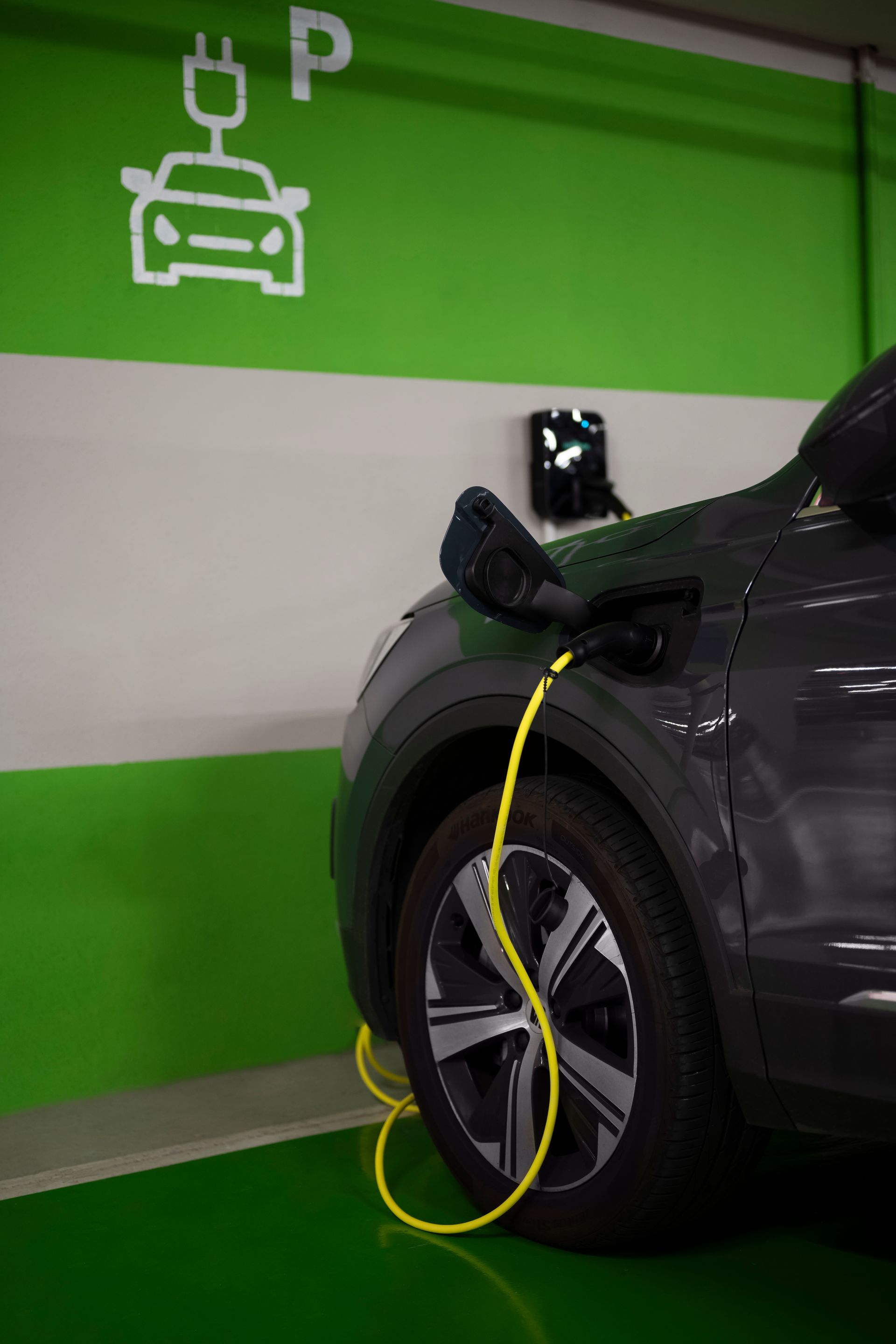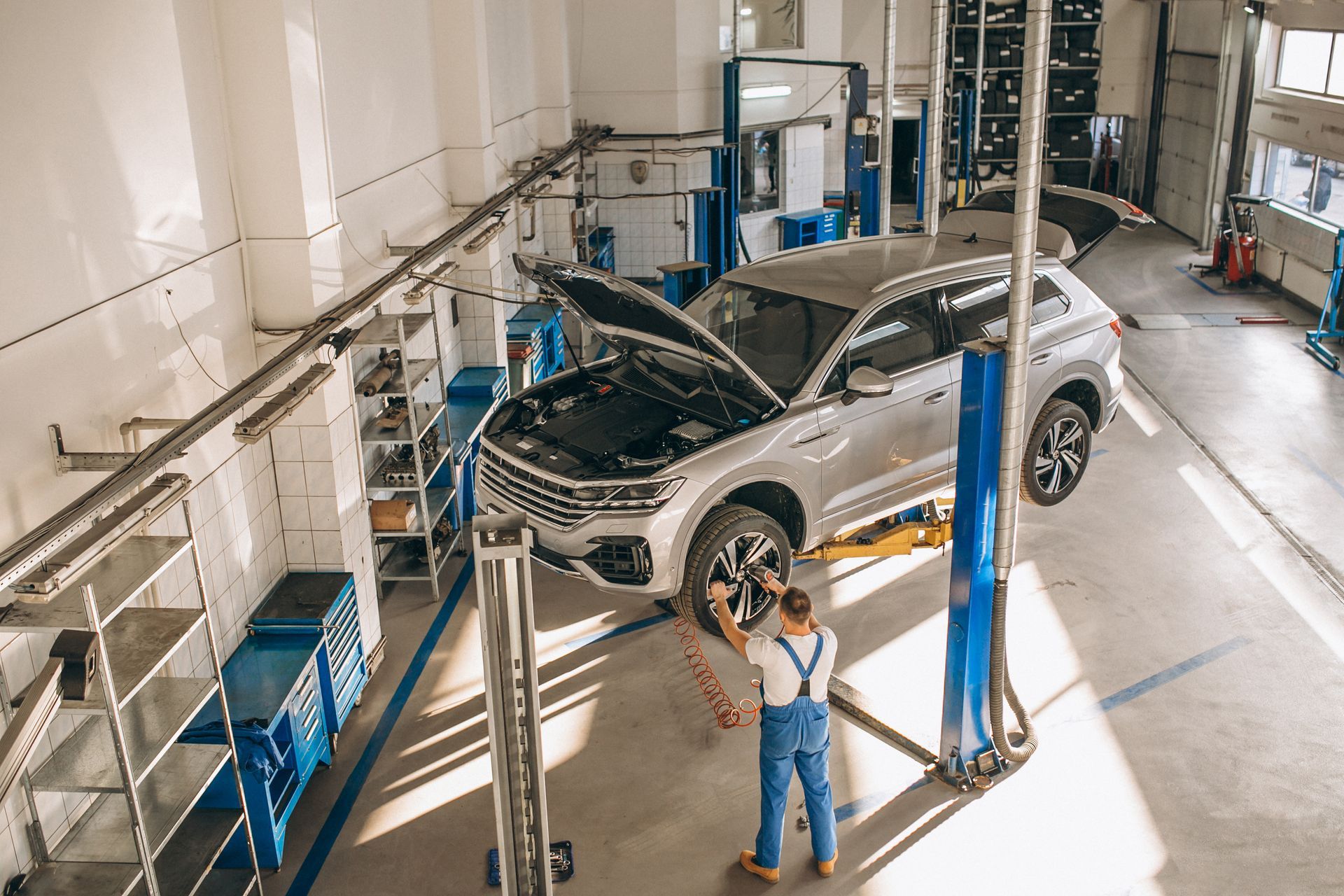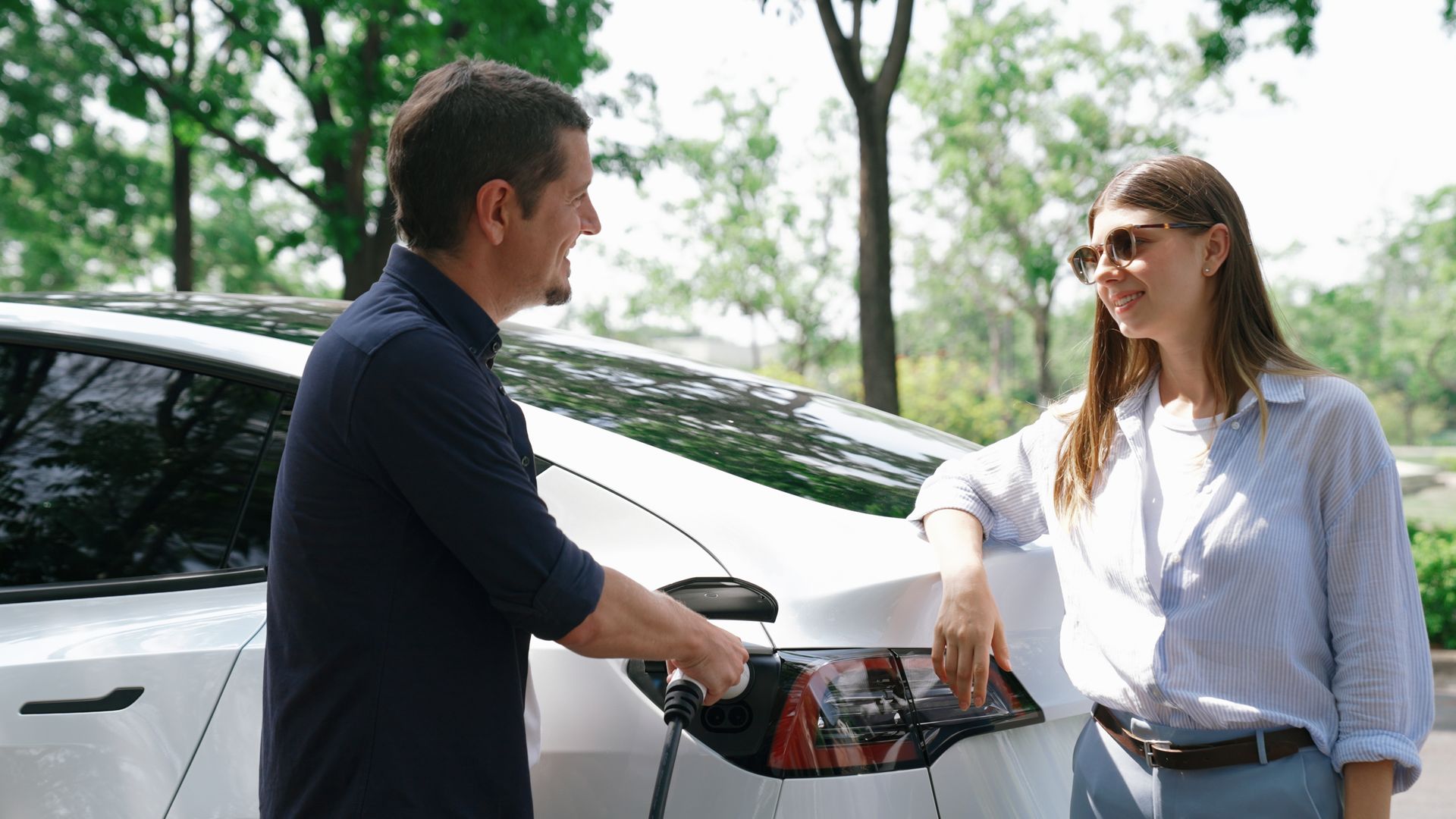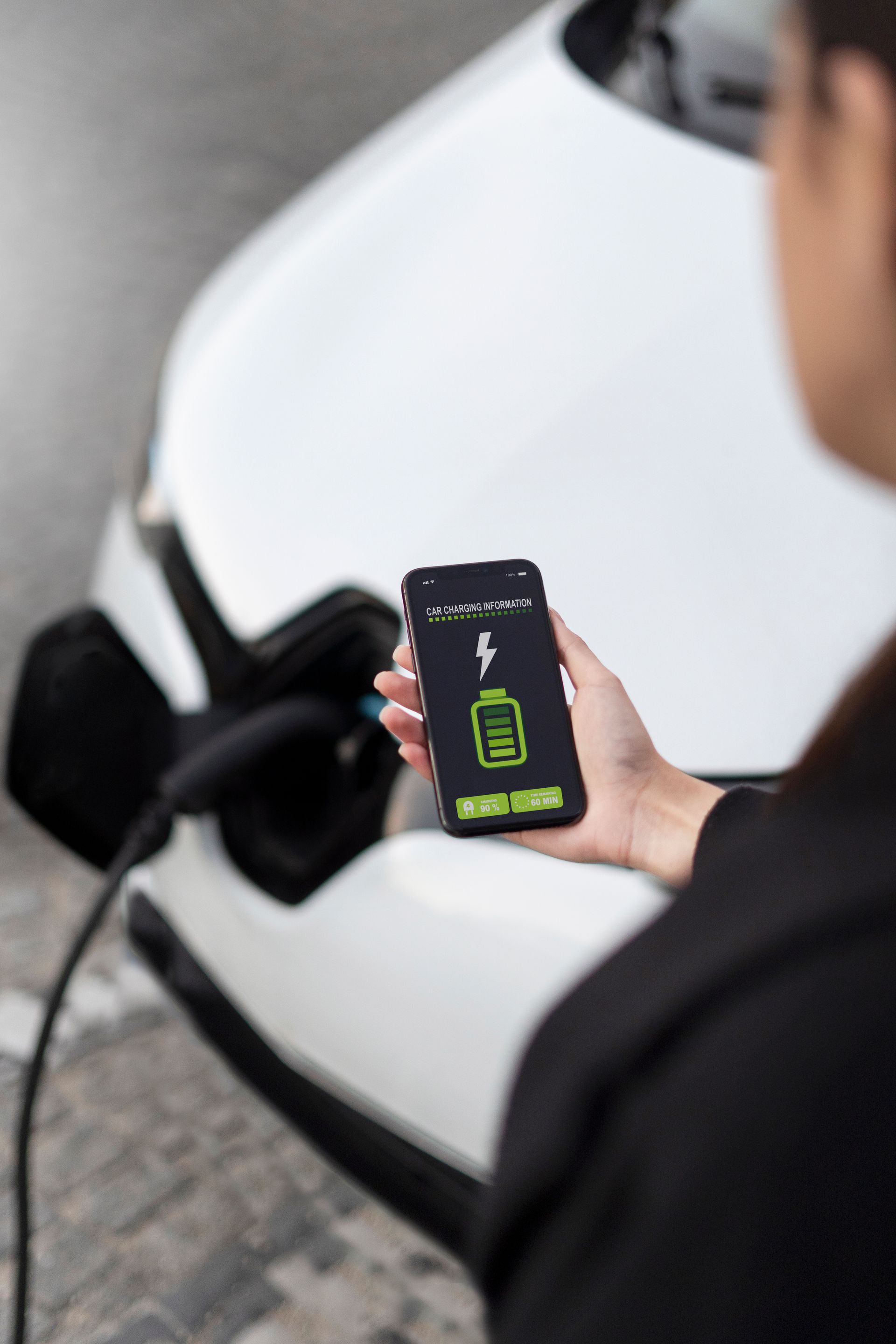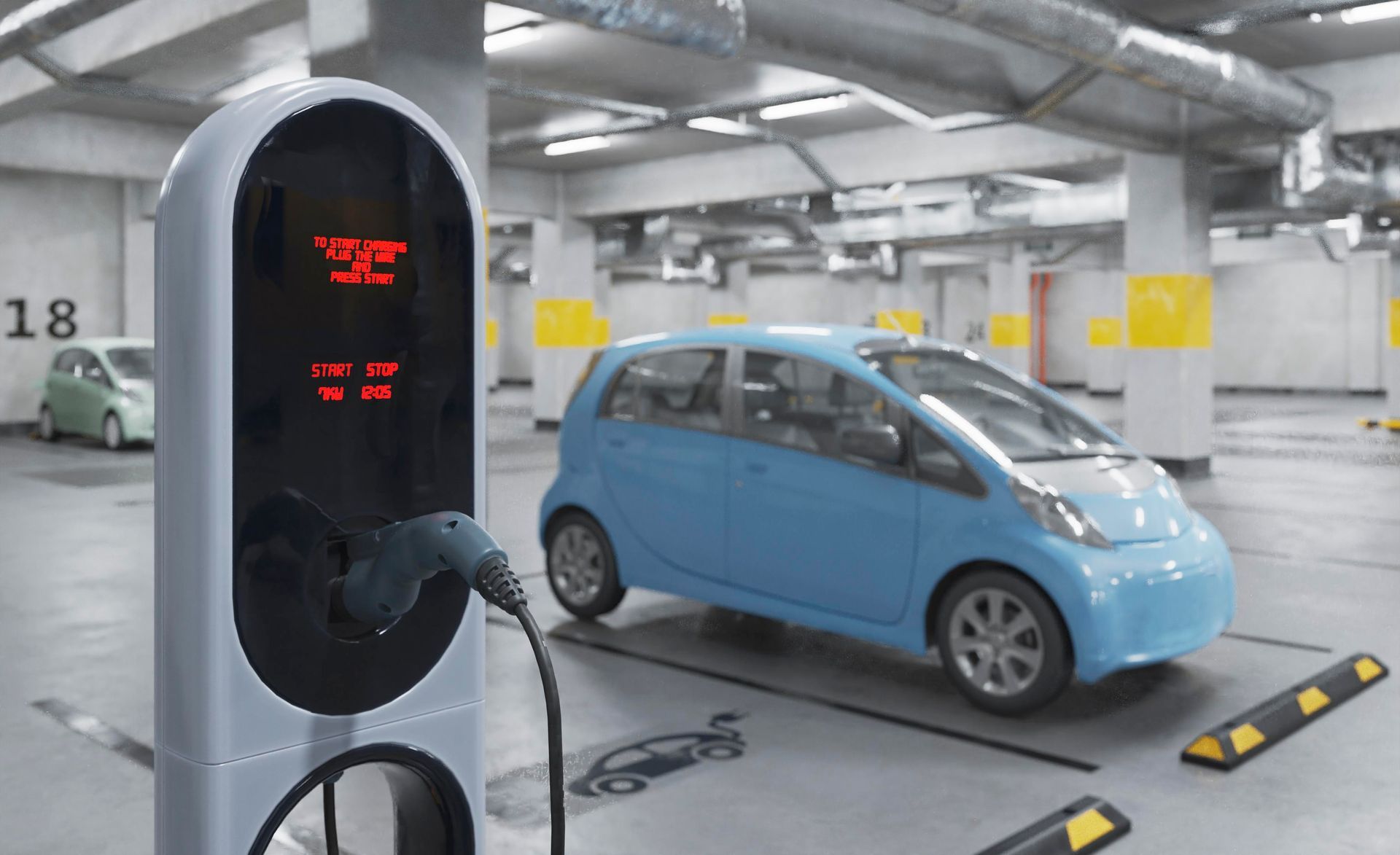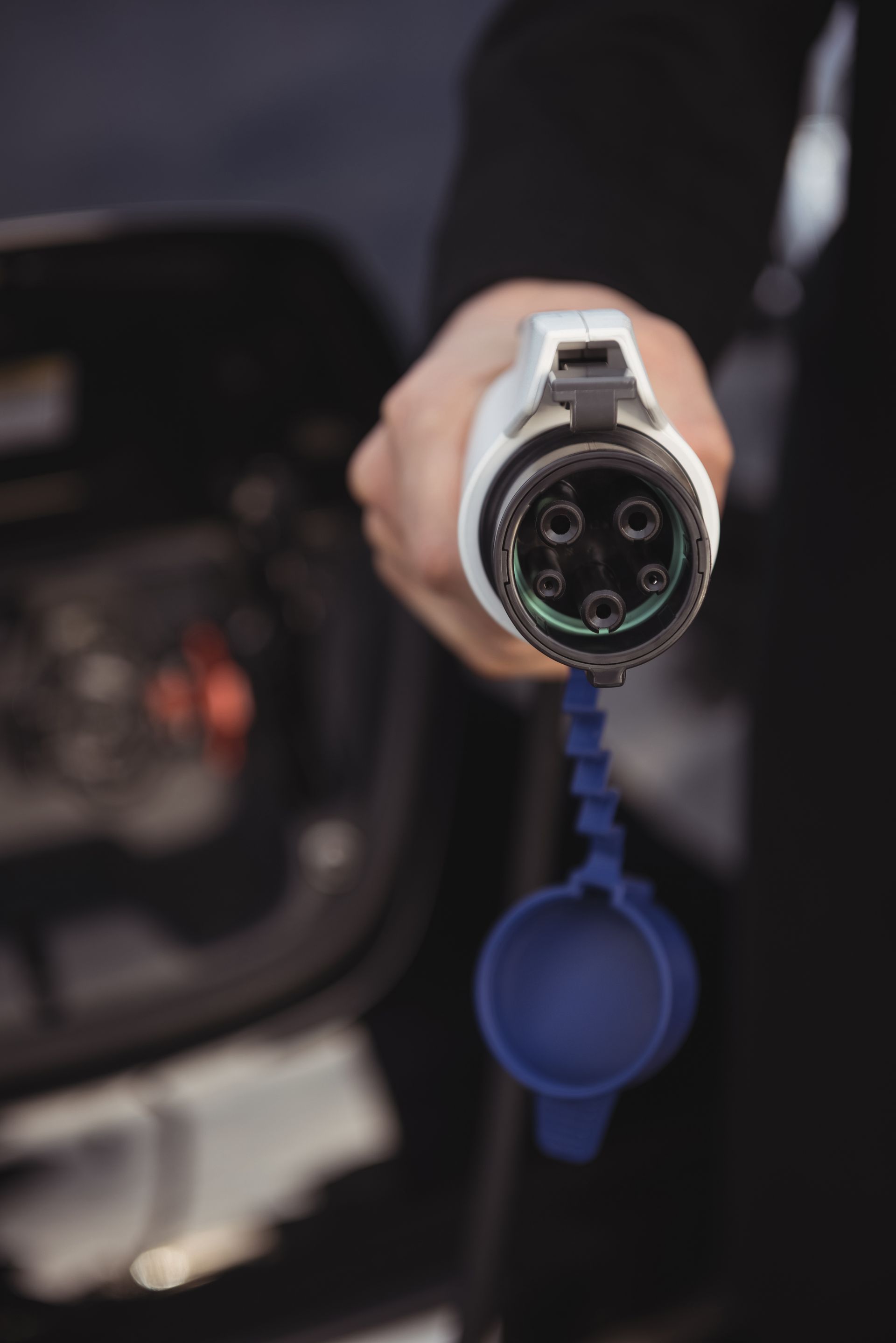Ecoclipper - A Serious Sea Cargo Proposition?
Will an electric ship be practical?
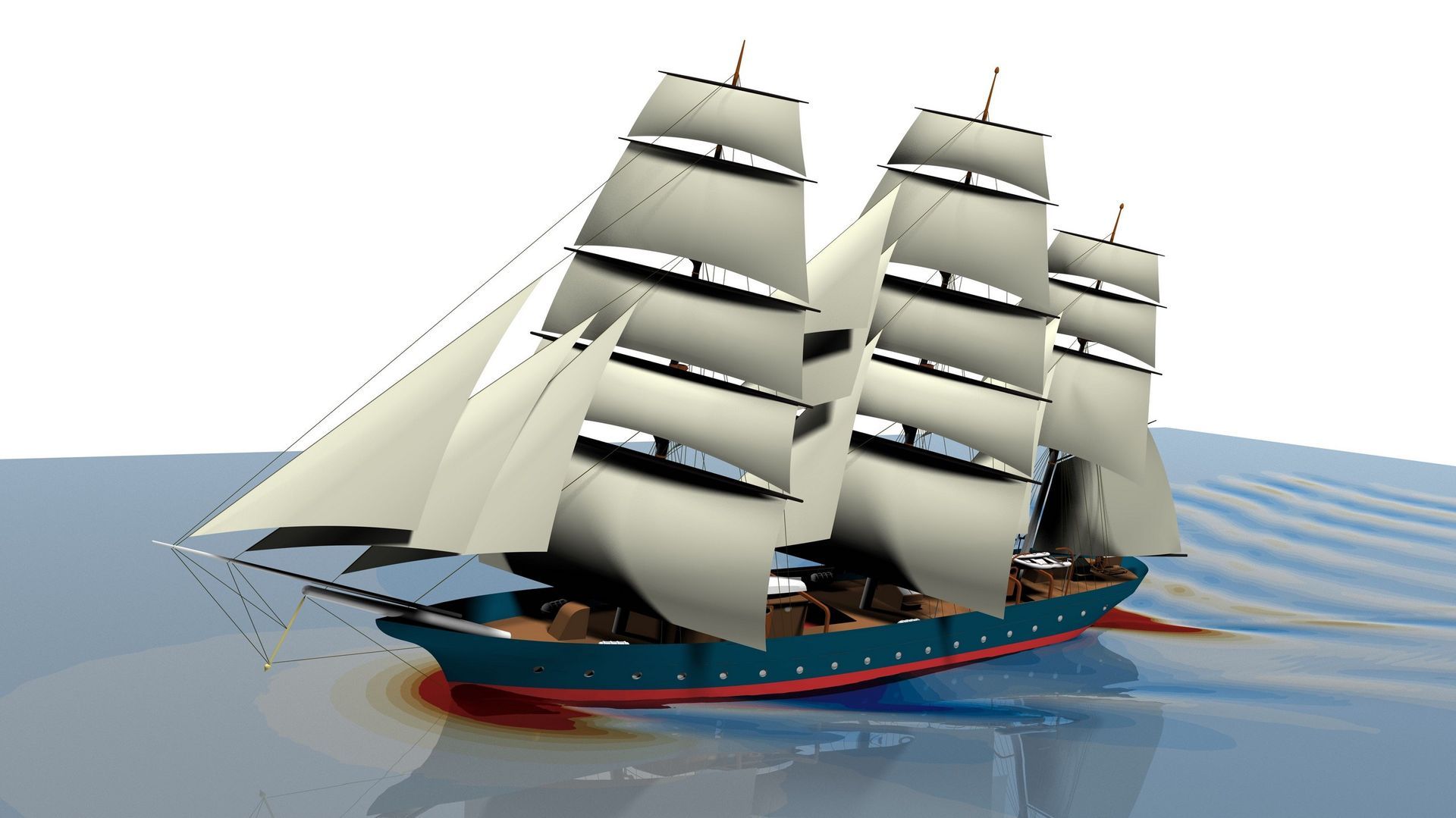
Maritime trade accounts for around 2.5% of humanity’s carbon emissions. Could a return to the Age of Sail with beautiful square riggers be the answer? The Dutch sail-cargo company Ecoclipper certainly hopes so but economics and sail technology has moved on a bit since then!
Ecoclipper
Have a look at their blog on a proposed, 59 metre, square rigged clipper ship is a compelling proposal. Using modern technology to replicate the fastest sailing ships of the 1800s to build a beautiful, fast ship that can waft cargo across the oceans of the world…
Hang on, this was 200 years ago! You’d think in a world where Amercas Cup racing yachts fly above the water at 50mph, someone would have thought of something better by now? Broadly, the old clippers fail by today’s standards on the following points:
- They can’t carry much cargo. The proposed ship will carry up to 500 tonnes of cargo. A mid-sized container ship, 30,000 tonnes and the rest.
- They take a lot of crew to sail. Sensibly, 30 - 40 to handle the sails in all conditions even on a 59 metre ship. A modern container ship - even the 400 metre long Ever Given that got stuck in the Suez Canal can carry just under 200,000 tonnes with similar crew numbers!
- The sailing ships are ‘breakbulk cargo’ - think tea chests, coffee sacks and barrels of rum. Container ships that load and unload identically shaped boxes with special cranes started outcompeting breakbulk from the 1960s because they can be loaded and unloaded so quickly. 500 tonnes of coffee sacks would take a lot of manpower to load and unload while a single crane operator + crew on deck unlocking the things could shift 500 tonnes of containers in a lot less than an hour.
We shouldn’t bash square rigged sailing ships. Utterly beautiful relics of our past that don’t burn black, sticky fuel oil by the ton to get where they’re going. Ecoclipper say they have a bombproof business plan that will make profits almost from the start. Where it comes to carrying paying trainees and passengers on the tea route from Hong Kong to the Pool of London we’ve no doubt they’ll make a packet - £200 a day per trainee/passenger for three months as well as cargo?
A Brief Look At 21st Century Sail Cargo Ships
As a result of container shipping, largely breakbulk shipping died as specialist ships were built for certain industries. Roll on, roll off (Ro-Ro) ships are another specialised type for carrying cars. How cool that the first proper sailing cargo ships of the modern age could be car carrying ships!
Using five wing sails that telescope to as high as 262 feet above the sea, Oceanbird ships will need minimal crew to set sail (not five to haul a halyard and at least four per sail to reef) and will have the capacity to take up to 7,000 cars. Call that 14,000 tonnes of of cargo with not many more than 30 crew.
They will be a bit slower - the company estimates 12 days for at Atlantic crossing as against eight on an oil powered ship - but given the way the supply chain is anyway, we’re getting used to the world slowing down.
They aren’t as pretty and their sails don’t resemble a 20 year old woman’s chest as they heave up and down in the wind. With 90% fewer carbon emissions than the fuel oil powered Ro-Ros on the water today we’re certainly heading in the right direction. Like Ecoclipper they will be on order from 2022 and on the water for around 2024.
The age of sail may well return, but it probably won’t involve armies of stevedores and seriously drunk old salts in pubs telling stories of rounding the Horn while fighting canvas 150ft above the deck!

